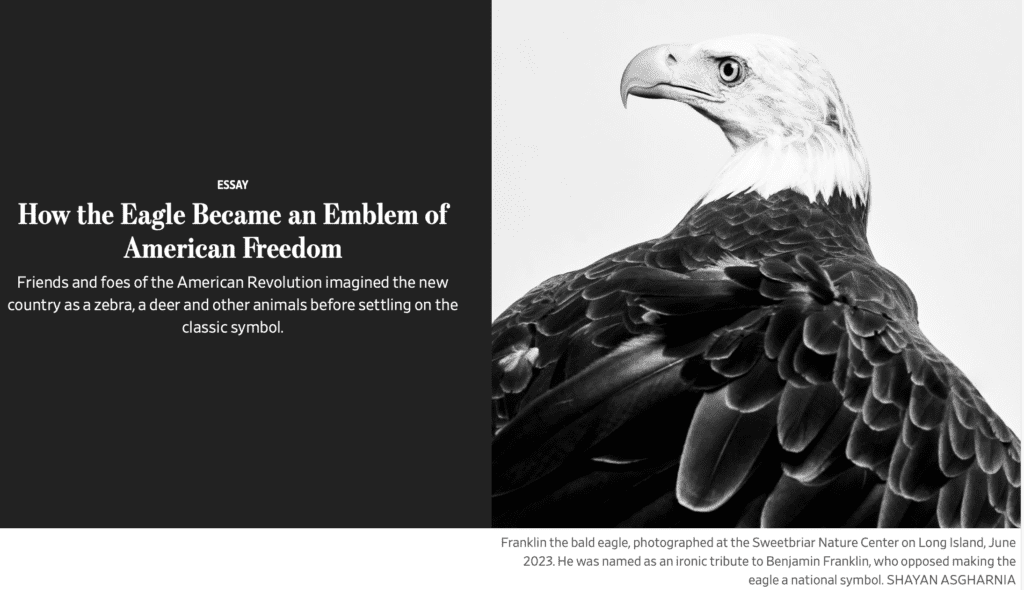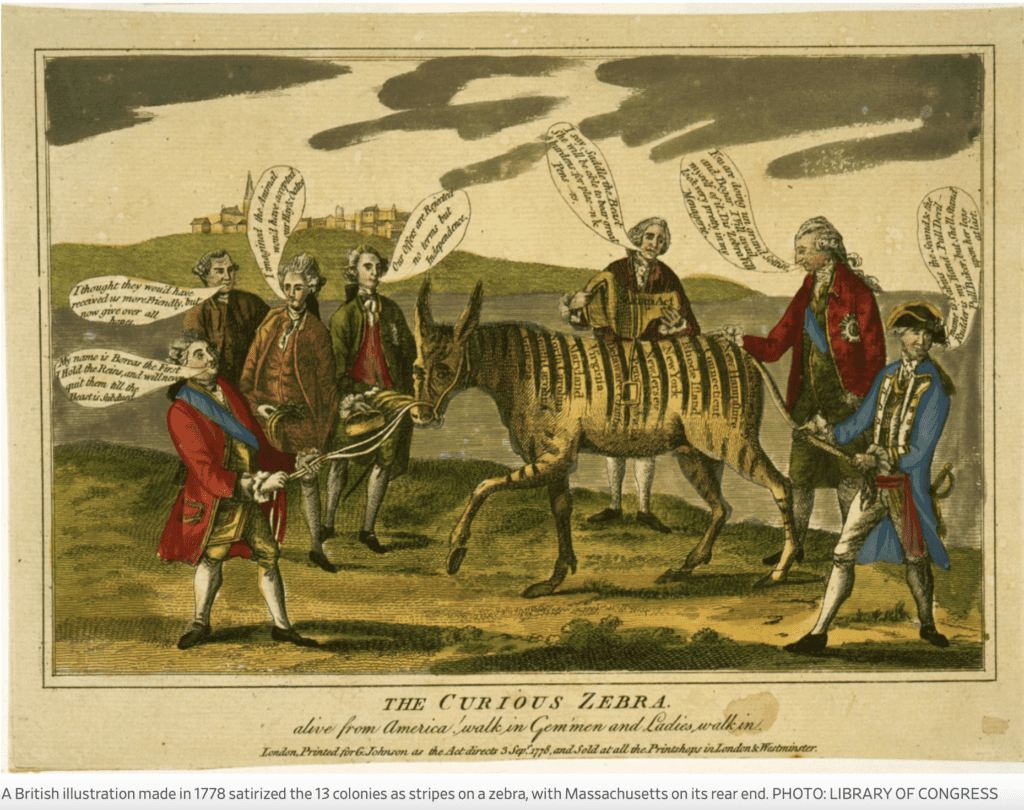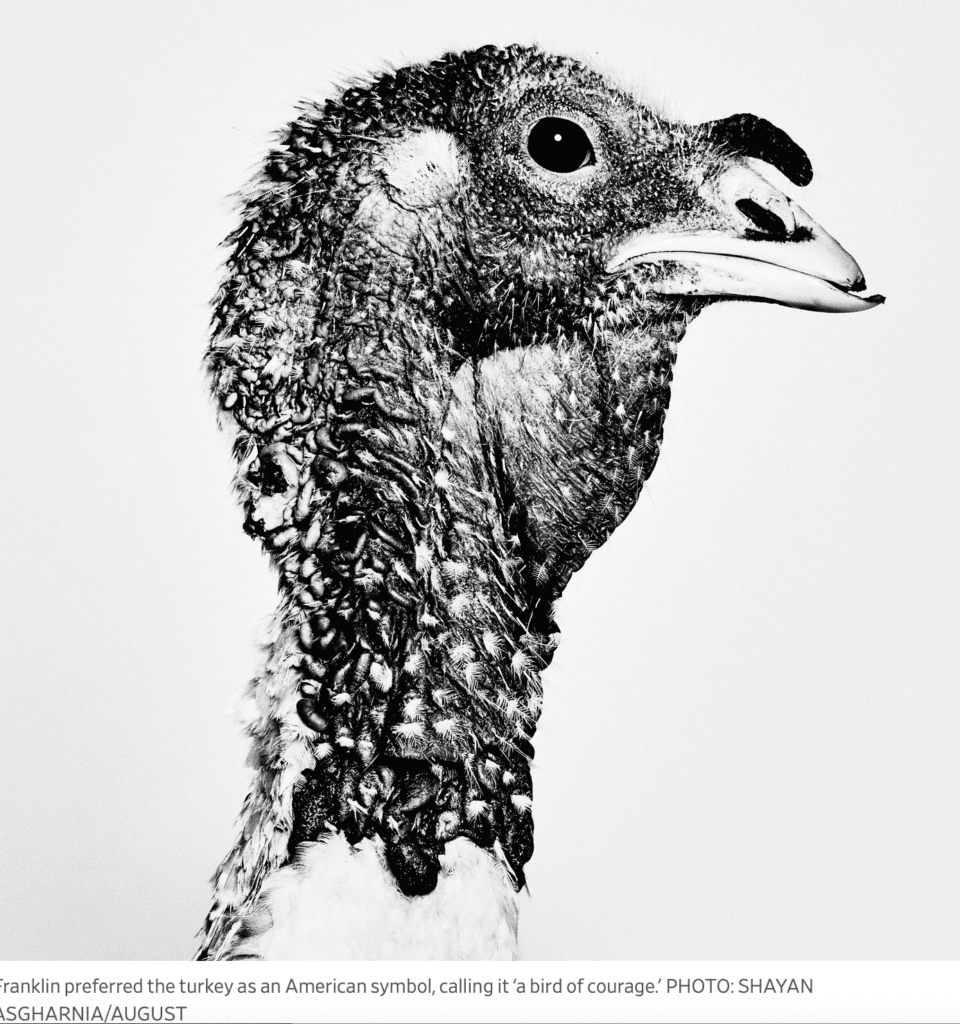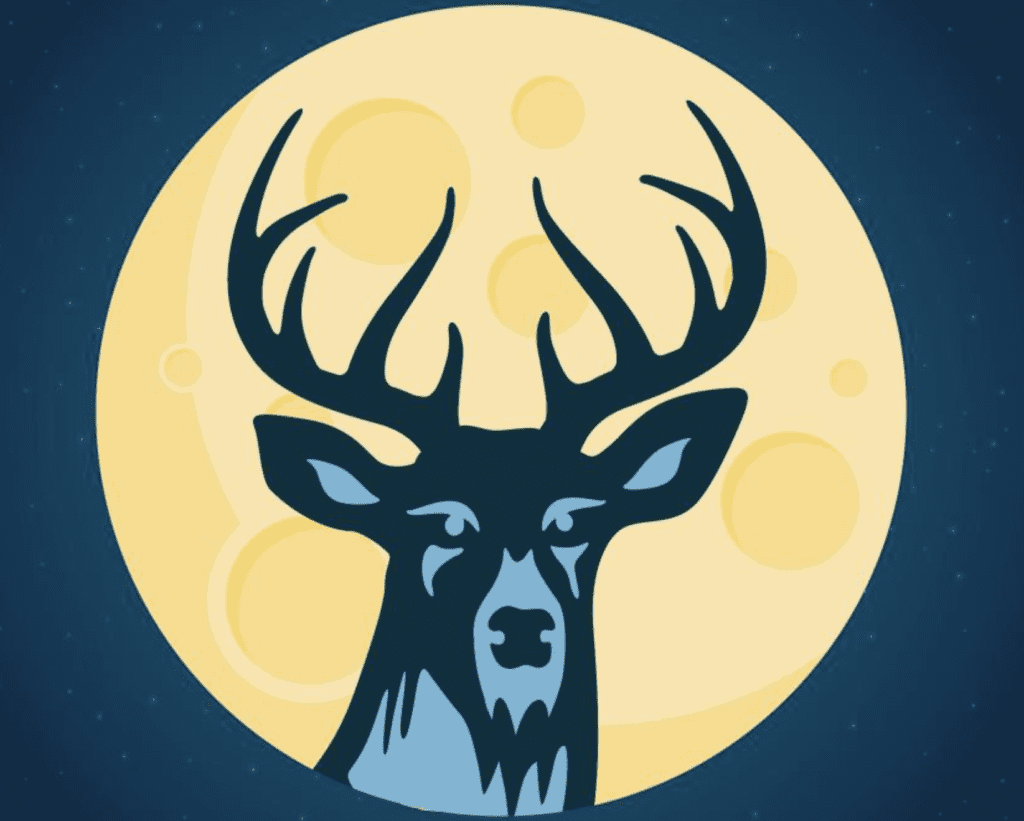Daniel Salzler No. 1209
EnviroInsight.org Three Items July 3, 2023
—————Feel Free To Pass This Along To Others——————
If your watershed is doing something you would like others to know about, or you know
of something others can benefit from, let me know and I will place it in this Information .
If you want to be removed from the distribution list, please let me know.
Please note that all meetings listed are open.
Enhance your viewing by downloading the pdf file to view photos, etc.
The attached is all about improving life in the watershed.
If you want to be removed from the distribution list,
please let me know. Please note that all meetings listed are open.
Check our website at EnviroInsight.org
1. Six Rules to Know Before Hanging an American Flag This July 4th
While it is too late for this 4th of July, use these rules in displaying the American flag.while you might be vaguely aware of the etiquette around hanging Old Glory, when was the last time you pored over Title 4 Chapter 1 of the U.S. Code, particularly sections 6 through 9? Sure,this code is legally unenforceable, but ignore the rules at your own peril.

Pitching the flag improperly—be that upside down, below your favorite baseball team’s flag or inadequately illuminated at night—might signal sloppy patriotism, especially to eagle-eyed veterans, vexillophiles (the fancy word for flag enthusiasts), or Eagle Scouts. Luckily, most of the rules are easy to follow. To figure out what guidelines are most crucial, we spoke to some flag expert.
1. The flag should never touch the ground or floor.
Make sure the flag hangs unencumbered, but don’t overreact if it accidentally grazes your steps or a shrub. As long as your flag hasn’t been “torn, ripped, frayed, faded, or soiled, [it] may continue to be displayed,” allowed Ann Byars, manager of Youth Education and Civics for the American Legion. When attached to a wall, the section with the stars (called the canton) should be on the upper left-hand corner as you face it.
2. The flag should never have any mark of any kind added to it.
That means no matter how festive it might appear, that Etsy flag customized with the message “Welcome to our July 4 Party!” will potentially torment flag zealots.
3. The flag should never be carried flat or horizontally.
This one is pretty easy to follow at home, though you’ll see it routinely violated on TV. “How many football games have you seen where they bring out a big flag that’s displayed flat?” snorted Peter Ansoff, former president of the North American Vexillological Association.
4. The flag should never be used for advertising or displayed on anything designed for temporary use and discarded.
While, technically, the flag code speaks to fabric flags and not renderings, you might want to rethink those “patriotic” paper plates, cups and napkins. “They’re going to end up in the trash…it’s not a respectful look,” said Byars. Instead, she says, “buy plates that are red, blue, and white, and mix them up.” One wrinkle: Most flag experts say clothing that incorporates stars and stripes, be it shirt, necktie or hairband is OK.
5. The flag, when no longer a fitting emblem for display, should be destroyed, preferably by burning.
Before you go rogue and try lighting a tattered nylon or polyester flag on fire at home, take a beat. That’s not safe! If you can’t mend any rips or frays, know that many of the 12,000 American Legions—plus organizations like the Boy Scouts, Veterans of Foreign Wars or American Veterans—will take it and burn it for you.
6. The flag can be displayed at night as long as it’s properly illuminated.
Some citizens believe anything less than a dedicated spotlight is a violation, but Byars says your existing solution is probably fine. All you need is nearby ambient light, such as street or building lights, or a house porch light, sufficient enough that a casual passerby can tell it’s the American flag.
Source: Wall Street Journal
2. How The Eagle Became An Emblem Of American Freedom

Most Americans celebrating our independence on July 4 are likely unaware that before we were an eagle, we were a beaver, a zebra and a goose.
In 1778, a British Tory with artistic flair decided to satirize the rebellious 13 colonies that dared to defy the King. Rendering each colony as a stripe on a zebra, he placed them in geographical order—except for Massachusetts. Home to those rabble-rousing Bostonian tea-partiers, it merited placement on the animal’s rear end.
Supporters of the rebels turned from the zoo to the farm. Some Whig artists depicted the colonies as a cow with its horns being sawed off by one British politician, while another milked it. Other like-minded cartoonists drew the colonies as a goose: Why, they wondered, would the British attack an animal that laid golden eggs, in the form of tax revenue?
Some American patriots adopted the white-tailed deer as an emblem of swiftness and freedom.
Early in the Revolution, some American patriots adopted the white-tailed deer as an emblem of swiftness and freedom, adorning their hats with bucktails and wearing deerskin leggings. Others were partial to the beaver, which had long been used as a symbol of New York and adorned the city’s flag. As Robert Beverly of Virginia noted in 1705, Americans should admire the beaver, who, in building a home, “sees that every one bear his equal share of the burden; while he bites with his teeth, and lashes with his Tail, those that lag behind, and do not lend all their strength.”
Fittingly, Continental six-dollar bills produced in the fall of 1775 rendered America as a very small beaver chewing away at a rather large tree. One writer explained that “the large tree represents the enormous power of Great Britain, which the persevering, stead-working beaver (America) is reducing within proper bounds.”
Following the success of the Revolution, the Continental Congress sought a symbol for the national seal. If, as they teach in business school, a camel is a horse planned by committee, then it’s no wonder that three congressional committees proposed a dove (representing virtue) alongside a warrior in armor (military might), accompanied by an eagle (sovereignty), a harp (harmony), a pillar (fortitude), a rooster (vigilance), two fleurs-de-lis (a token of appreciation for the French assistance in the war), an unfinished pyramid (endurance) and the eye of Providence.
Somehow not making the cut was John Adams’s suggestion of “Hercules, as engraved by Gribelin, in some editions of Lord Shaftesbury’s works. The hero resting on his club. Virtue pointing to her rugged mountain on one hand, and persuading him to ascend.” As the future president regretfully admitted in a letter to his wife, “this is too complicated a group for a seal or medal, and it is not original.”
Also not chosen was the biblically-based suggestion submitted by Benjamin Franklin and Thomas Jefferson of “Pharoah (sic) sitting in an open Chariot a Crown on his head and a Sword in his hand passing through the divided Waters of the Red Sea in Pursuit of the Israelites: Rays from a Pillar of Fire in the Cloud, expressive of the divine Presence and Command beaming on Moses who stands on the Shore and extending his hand over the Sea causes it to overwhelm Pharoah.”

The eagle survived subsequent editorial decisions. Depicted with 13 arrows in one claw and an olive branch with 13 fruits and leaves in the other, adorned with 13 shining stars and bearing a national shield, its beak held the motto E pluribus unum, “out of many, one.”

Franklin, probably still sore that his suggestion hadn’t been accepted, lamented to his daughter Sarah that Congress had chosen “a bird of bad moral character; like those among men who live by sharping and robbing, he is generally poor, and often very lousy.” If the national symbol had to be a fowl, he complained, it should have been a “much more respectable” one, a true original native of America…a bird of courage [who] would not hesitate to attack a grenadier of the British guards.” Franklin wanted the turkey.
As historian David Hackett Fischer has written, the eagle’s popularity instantly took flight. Possessing “dignity and grace,” it was “universally admired as a very beautiful bird,” and the sight of its great wings spread aloft “became a powerful image of liberty.”
Even the French liked it. The Marquis de Chastellux, who had fought alongside the Americans, thought it the perfect representation of a country born in the rays of the Enlightenment. Writing to the president of William and Mary College, he observed, “It would seem indeed that the English, in all fields, want only half-liberty. Let the owls and bats flutter about in the murky darkness of a feeble twilight; the American Eagle must be able to fix its eyes upon the sun.”
The eagle even met Franklin’s desire for a native national symbol. The bald eagle was an American bird, long regarded by Native Americans as a symbol of strength and courage. Their war chiefs wore its feathers as a symbol of leadership. The Arbella, the ship that carried John Winthrop and the Puritans to Massachusetts in 1630, had originally been named Eagle and bore one on its figurehead. Many early American preachers evoked the bird as a symbol, quoting the prophet Isaiah: “They that wait upon the Lord shall renew their strength; they shall mount up with wings as eagles; they shall run and not be weary; and they shall walk and not be faint.”
Gliding above a nation of freedom, vigor and aspiration, the American eagle survived both British military might and death by committee.
Rabbi Halpern is the senior adviser to the provost and deputy director of the Straus Center at Yeshiva University
3. Buck Moon: Full Moon in July 2023. Behold the Full Buck Supermoon!

July’s full Buck Moon will rise on Monday, July 3, reaching peak illumination at 7:39 A.M. Eastern Time. It will be below the horizon at that time, so plan to look towards the southeast after sunset to watch it rise into the sky. Being the day before the Fourth of July, it should make for dazzling fireworks displays!
July’s full Buck Moon orbits closer to Earth than many of the other full Moons this year, making one of the four supermoons of 2023! At its nearest point, the Buck Moon will be 224,895.4 miles (361,934 km) from Earth, which means that August’s Blue Moon will be the only supermoon that is closer to our planet this year.
The full Moon in July is called the Buck Moon because the antlers of male deer (bucks) are in full-growth mode at this time. Bucks shed and regrow their antlers each year, producing a larger and more impressive set as the years go by.
Copyright: EnviroInsight.org 2023
